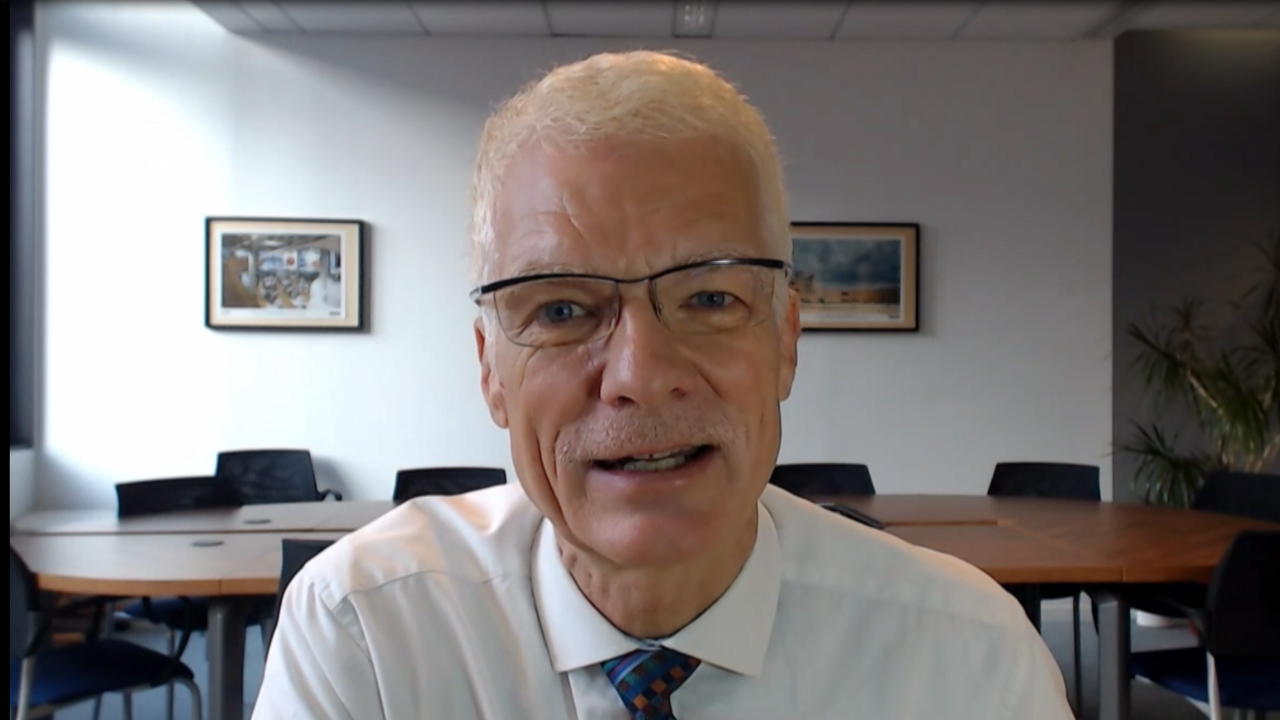The Future for the Next Generation of Teachers

Teachers in Estonia are getting older; 20% of teachers in general education schools were over 55 in 2005, but by 2015 that had risen to 28%, and by 2021 to 34% (Statistics Estonia 2022). The shortage of teachers is particularly acute in science and nature subjects, as every fifth teacher of mathematics, chemistry, geography and biology, and one physics teacher every fourth is aged 60 or over (Estonian Qualifications Authority 2018). The teaching staff in schools in the large towns is on average younger than that in rural areas (HTM 2022).
Young teachers do not stay in the profession, as one in three new teachers has left the job by the end of the first three years, which also reflects wider trends in how younger generations behave in the labour market, with frequent changes of job and career (Rootalu 2022). The profile of pupils has also changed – surveys increasingly find that challenging behaviour in the classroom and discipline problems, and overly critical parents are now the main reason why young teachers leave the profession, rather than because of low salaries (Salu 2018).
The problem of the lack of next generation of teachers has been discussed at the political level, but with the focus mainly on the salaries (Riigikogu OTRK 19.11.2020). Salary is merely one, albeit important element of a much larger picture, because the image and the attractiveness of the teacher profession is shaped to a large degree by how we talk about this profession, but also by political promises that have not been kept for years. It is also important to keep up with broader trends in the labour market such as the increasing demand for more flexible work arrangements. It is strategically important that the approach to the next generation of teachers considers also the regional context – specifically, the need to improve whole school network, while considering the evolution in the number of pupils and changes in the distribution of the population across the regions in Estonia (Praxis 2014, HTM 2022).
A soon to come transition to completely Estonian-language educational environment will sharpen the problem of teacher shortages, intensified by the continuing arrival of refugees from Ukraine who do not speak Estonian, at least initially. There is also an increasing need for general education schools that use English as a language of instruction to cater the children of foreigners who live and work in Estonia.
An important question is how much cold we improve the functioning of the educational system if good data on pupils and teachers were available and usable. A remarkable accelerator to the digitalisation of the education system was Covid-19 pandemic, yet this did not improve the collection or use of data on education, nor the quality of the data. Another dimension from the side of digitalisation refers to the need to analyse how the creation of good quality digital teaching materials centrally across Estonia could help to harmonise the quality of teaching across regions and ease the shortage of teachers.
The research stream considers past trends, but most of all maps various possible future trends that might remarkably shape the future of new generations of teachers in Estonia. It highlights the central uncertainties and key factors to craft various alternative future scenarios of the next generation of teachers in Estonia up to 2040.
The key questions for the research stream are:
- What factors will affect the need for teachers, such as regional or demographic factors, or changes in teacher-pupil contact, and what is the outlook for developments in case of those factors?
- How might the career model of teachers evolve?
- What would be the consequences of a transition to education exclusively in Estonian-language for the next generation of teachers and for the need for additional teachers?
- What are the possible scenarios for teachers in the next generation up to 2040?
Reports linked to the research
News linked to the research
-
30.08 2024Foresight Centre: Two-thirds of those trained as mathematics teachers stay in the profession
In Estonia, one in three grade 7-12 mathematics teachers is 60 or older. In the next decade, nearly 600 new mathematics teachers will be required to replace retiring teachers. Although two-thirds of those who have studied to become mathematics teachers stay in the profession, the number of new generation teachers is only about half of what is required. The need for new mathematics teachers is the greatest in Lääne County and Rapla County, according to the Foresight Centre’s short report ‘The need for the next generation of mathematics teachers and their alternative job opportunities’.

 An independent think tank at the Riigikogu
An independent think tank at the Riigikogu 

